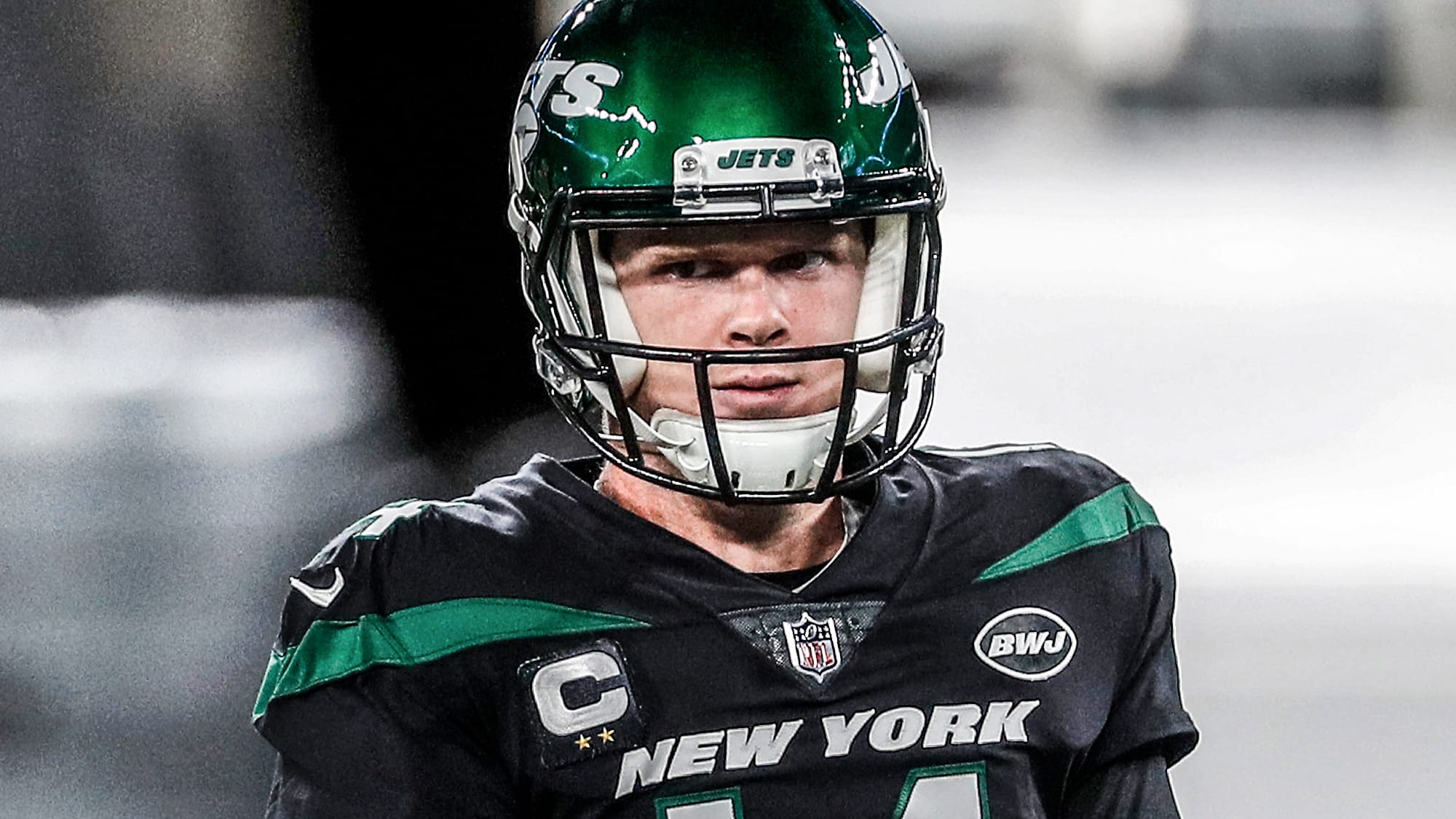Box score stats leave out a lot of crucial information. If we fix that problem by adding in essential data, how would the league’s quarterbacks stack up?
📲 Log In if you are already a member (note: you should be redirected back to this article/page after logging in):
📲 Connect if you would like to create a free account before taking the official Jet X Membership plunge:
❗️ Becoming a Jet X Member unlocks every piece of subscriber content on the site, provides an ad-free website and mobile app experience, generates an audio version of each written article, and grants commenting permission. Utilizing one of our Discount Codes (promoted in various New York Jets-centric places) provide significant value. Feel free to try out our 30-day free trial option at any point:




